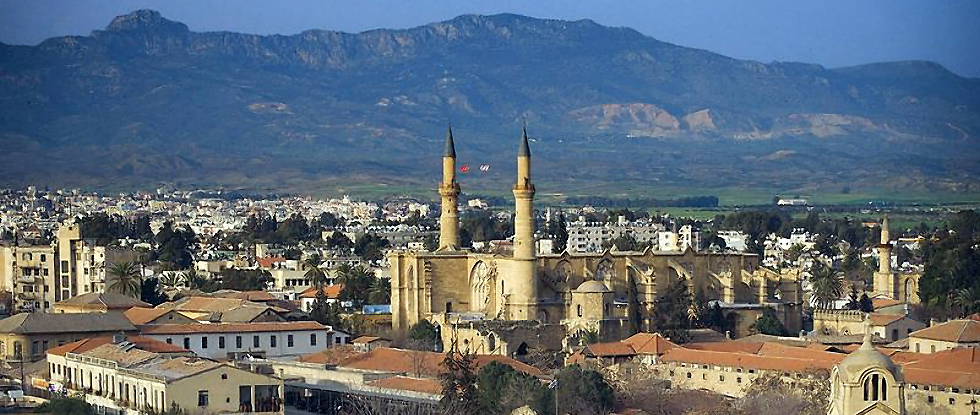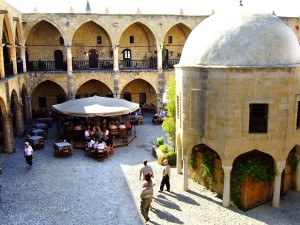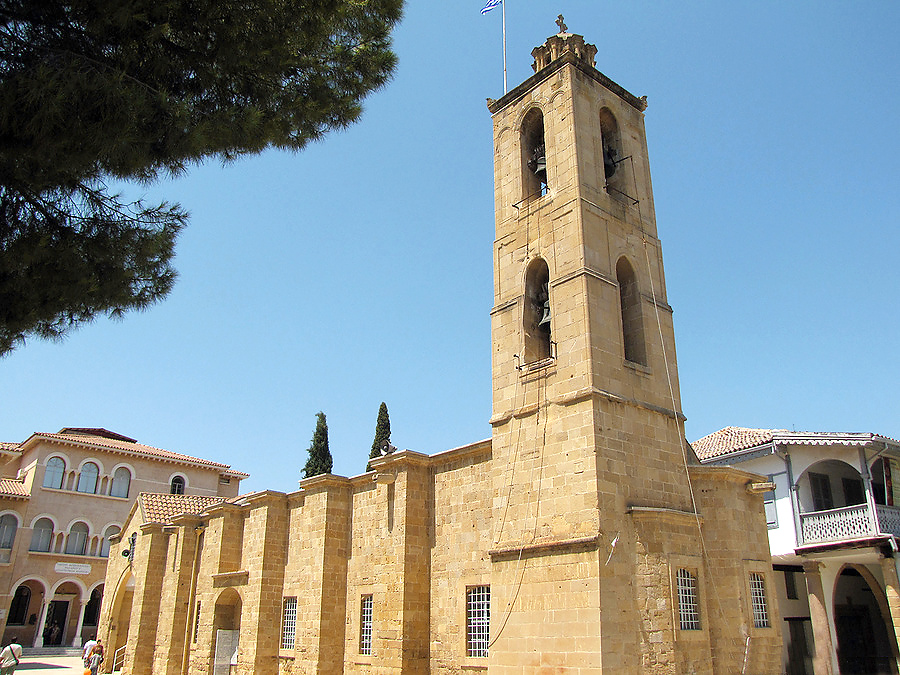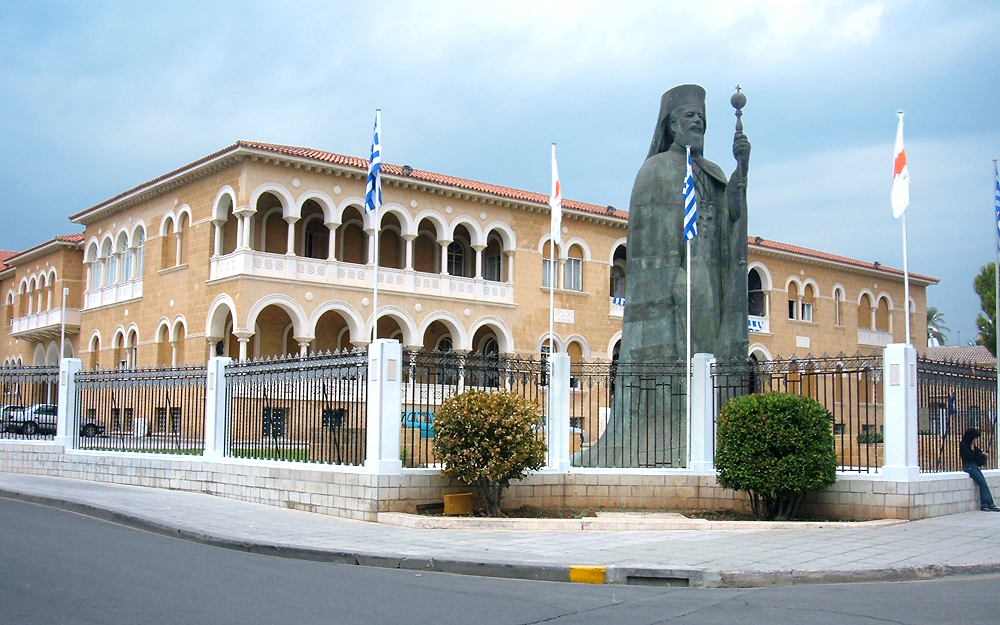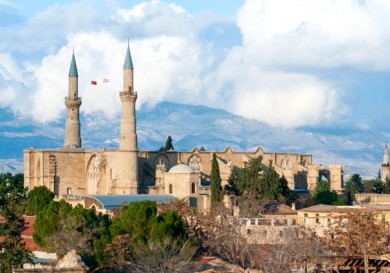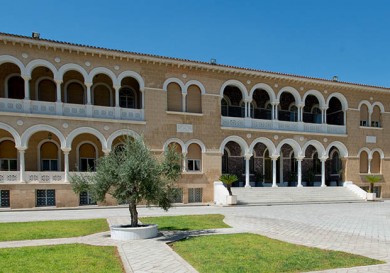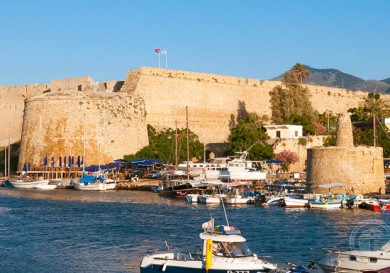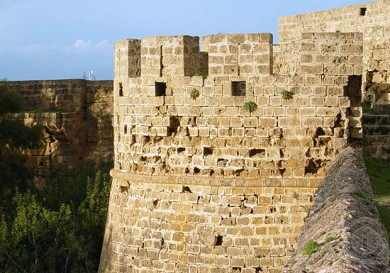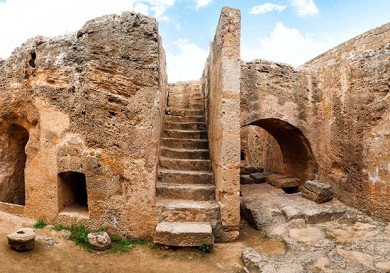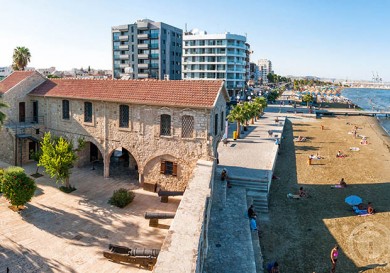Nicosia is the capital city of Cyprus. This is an absolutely unique and unmatched city of Cyprus with a rich history and charm, a place where ancient and contemporary cultures co-exist.
Nicosia is not only a cultural centre, but also the financial centre of the island. Apart from architectural monuments, located in the old part of the city, behind the Venetian walls Nicosia boasts many restaurants, shops and places for entertainment and dining.
Venetian Walls
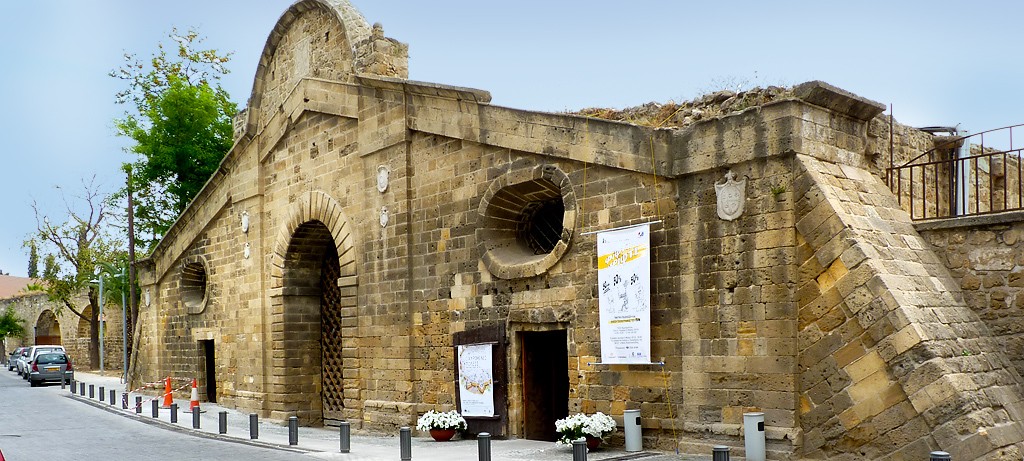 The capital is made up of the new and the old city, whilst the historical centre of Nicosia is located within the Medieval Venetian walls of the XVIth century.
The capital is made up of the new and the old city, whilst the historical centre of Nicosia is located within the Medieval Venetian walls of the XVIth century.
In ancient times the Venetian walls marked the borders of the city, outside which there were no settlements, just ancient woodlands, which sheltered birds and wild animals.
Designed to prevent an Ottoman invasion of the city Venetian walls were constructed and соnsist of 11 bastions, each of which has the form of an arrowhead.
You can enter the fortress through one of the three gates: Kyrenia, Paphos or Famagusta gates. The Famagusta gates are now the best preserved.
The stronghold was a powerful fortification and protected against enemy attacks , a deep ditch was dug along all the whole length of the walls on the outside, today this area is used as a park.
Less functional barriers were located in place of the Venetian walls until the XIVth century, and it was only in 1570 that a wider project was implemented. The walls are 5 kilometers long. Despite all their might, they failed to defend the city for long, when Turkish conquerors stormed and invaded. The Turks built the Bayraktar mosque within the fort..
Ataturk Squar
A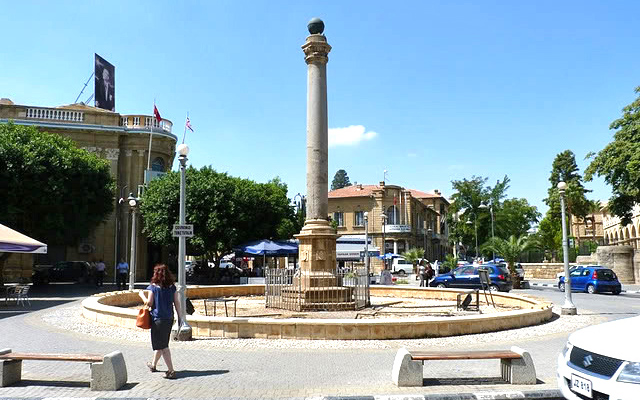 taturk Square used to witness all the major events of the city. Until 1904, the Palazzo del Governo castle was located here and was transferred from one owner to another regularly.
taturk Square used to witness all the major events of the city. Until 1904, the Palazzo del Governo castle was located here and was transferred from one owner to another regularly.
Ataturk square is dominated by a massive column made from a whole piece of granite. The history of which is very interesting.
The column was created by ancient Egyptian craftsmen and carried by Roman legionaries to the city of Salamis. At the end of the XVIth century Venetians, who seized Cyprus, erected it in the centre of the square.
A frightening statue of the Lion of Saint Mark crowned the top of the column. When the Turks seized the island, they toppled the column and it lay broken where it fell until the British re-erected it, they decided to replace the statue of the lion which was long gone with a large copper globe, which still towers the stone foundation. The Venetian lion was never found.
Another monument located in the square is a British royal coat of arms erected on a stone pedestal on the day Elizabeth II was crowned.
The Buyuk Han Caravanserai
The Caravanserai is a huge inn, dating back to the XVIth century. It resembles a kind of fortress with buildings all around the outside, and a huge inner courtyard typical of those found in eastern countries and used by caravans crossing the desert.
This site is located in the north of the capital. This historical monument was previously used as a prison by the British and during the World War II a homeless shelter was created there, presently numerous craft shops and small restaurants are located within the buildings of the caravanserai and it has become a popular spot for tourists.
The Cathedral of Saint John the Evangelist
The cathedral was named in honor of Jesus’ favorite apostle and was erected in the centre of the capital of Cyprus. Pilgrims from all over the world still come here not only to worship at this holy place, but also to see the frescos of rare beauty.
Before the XVIIth century on the site where the cathedral now stands was one of the oldest catholic monasteries, which was also named after Saint John the Evangelist.
When you enter the cathedral, you will be surprised by its luxurious interior decorations. There are numerous frescos with Biblical scenes here. There are also many scenes from life of Jesus , and also detailed scenes of the Last Judgment . A separate section is devoted to Saint John the Evangelist.
The Cathedral of Saint Sophia in Nicosia
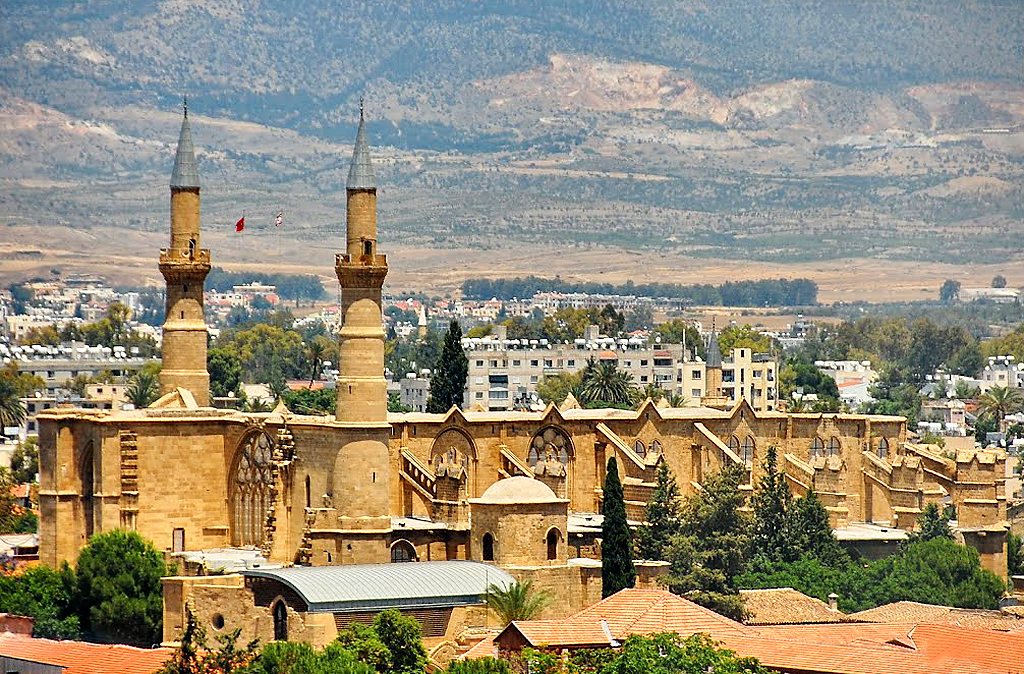 When you find yourself on the central square of the capital, pay attention to the Cathedral of Saint Sophia, which is now the central Muslim mosque – such were the barbarian traditions of the new owners of the island during the Ottoman period of the history of Cyprus.
When you find yourself on the central square of the capital, pay attention to the Cathedral of Saint Sophia, which is now the central Muslim mosque – such were the barbarian traditions of the new owners of the island during the Ottoman period of the history of Cyprus.
The cathedral started to be built from the start of the XIIIth century and was finished at the end of the XIVth century.
Most famous architects and painters of the time were invited to work on the erection of the cathedral. Apparently the Pope was moved so deeply, when he saw the cathedral, that he granted absolution for a hundred days ahead to anyone, who participated in the construction of the church.
The building was used for the coronation, and the status of cathedral was awarded to the church twice. But as soon as the Turks seized the island, the church ceased to exist for Christians. At the end of the XVIth century the Ottomans changed the cathedral, and two minarets were added to it. The exterior of the cathedral was also changed beyond recognition. The walls acquired an unusual white color. Now Muslims use this church as a place of worship .
The cathedral-mosque has been the property of the Turkish Republic since the turkish invasion of 1974.
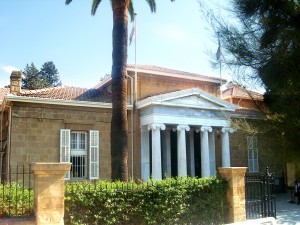 The Museum of Cyprus
The Museum of Cyprus
The building of the Museum of Cyprus was erected at the start of the ХХth century, when the island belonged to the British. Later several parts were added to the building.
The exhibits of the museum demonstrate graphically the history of Cyprus starting with the stone age. Numerous findings show limestone sphinxes, terracotta figurines, the statue of Aphrodite, coins, crockery, household items and jewelry. There are a total of 14 halls full of exhibits in the museum.
The Archbishop’s Palace
A three-storey building of the Archbishop’s palace was constructed in 1960. Now the building is used as the residence of the head of the Cypriot Church. A monument to Archbishop Makarios III, the first president of independent Cyprus, is erected in front of the palace.
The Archbishop’s Palace also houses the Art Gallery and the Byzantium Museum , and hosts a collection of paintings, frescos, statues, and a rich collection of Orthodox icons.
Nicosia is a unique city, the only remaining international capital divided in two after the fall of the Berlin wall. The places we have mentioned are by far not the full list of the sights of the city.
Well worth a visit is the Municipal City Park, which takes the form of a semicircle, also the Оmeriye mosque and the Church of Fanoromeni.
Whilst walking through the city, do not forget to stop in one of the small back streets of old Nicosia to have a cup of Cypriot coffee and feel the unhurried rhythm of Cyprus life, which is inherent even in this buzzing capital.




